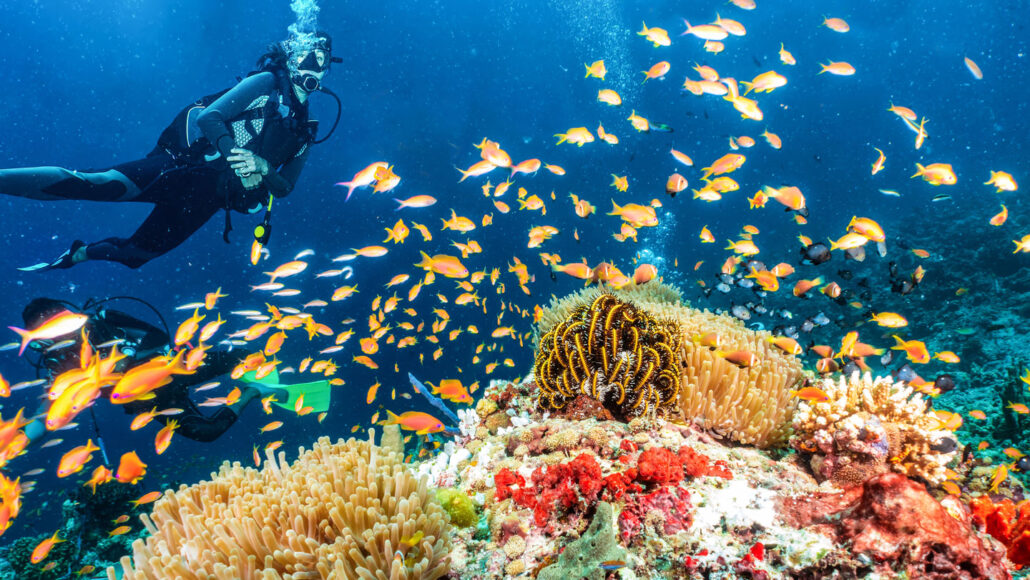HOME
How some sunscreens damage coral reefs

How some sunscreens damage coral reefs
Sea anemones, which are closely related to corals, and mushroom coral can turn oxybenzone — a chemical that protects people against ultraviolet light — into a deadly toxin that’s activated by light. The good news is that algae living alongside the creatures can soak up the toxin and blunt its damage, researchers report in the May 6 Science.
But that also means that bleached coral reefs lacking algae may be more vulnerable to death. Heat-stressed corals and anemones can eject helpful algae that provide oxygen and remove waste products, which turns reefs white. Such bleaching is becoming more common as a result of climate change (SN: 4/7/20).
The findings hint that sunscreen pollution and climate change combined could be a greater threat to coral reefs and other marine habitats than either would be separately, says Craig Downs. He is a forensic ecotoxicologist with the nonprofit Haereticus Environmental Laboratory in Amherst, Va., and was not involved with the study.
News Source